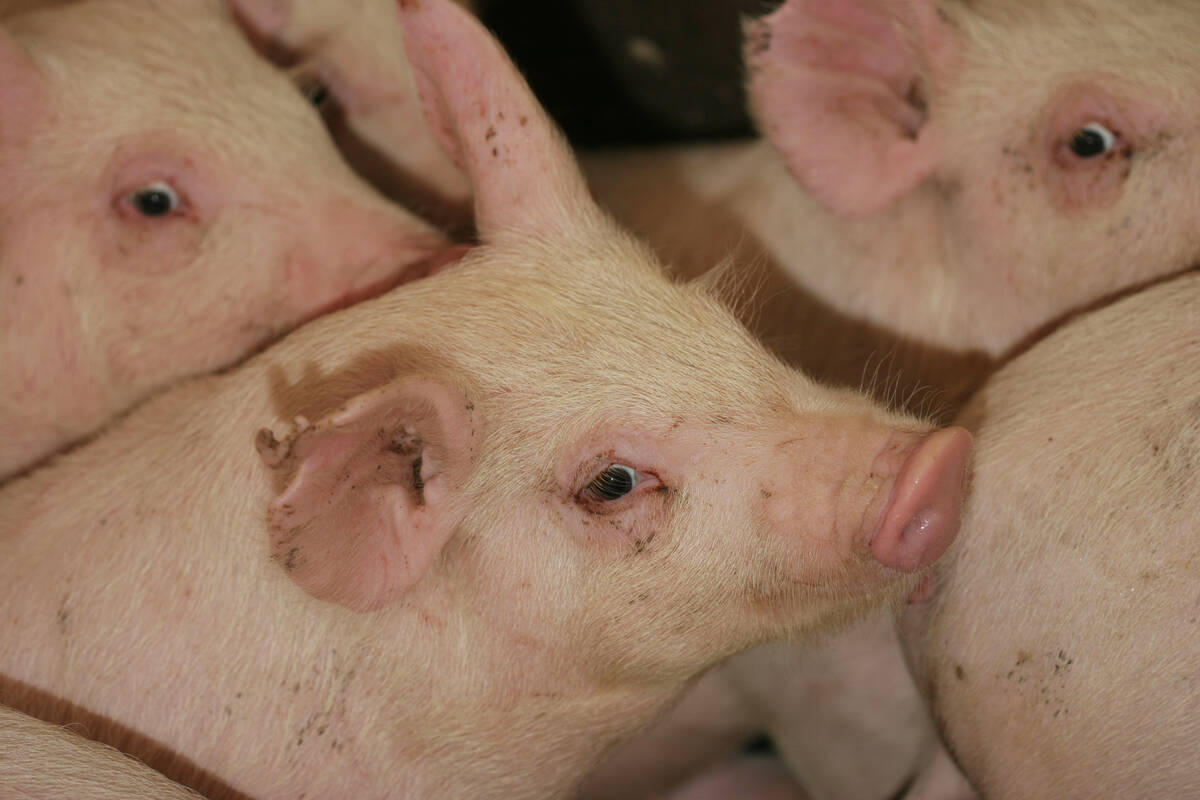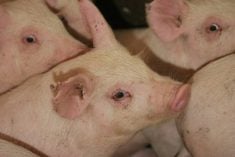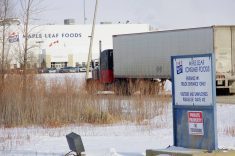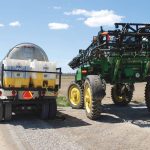LASHBURN, Sask. – Pastures got off to a slow start this year forcing many producers to turn out animals later than usual.
Cool weather is blamed in most regions, with spring snow setting back growth at Dave Kerr’s farm south of Lashburn.
“We’re off to a slow start. It’s been pretty cold here,” he said, citing as much as 30 centimetres of snow falling here during an April snowstorm.
His truck cautiously skirts the coulees plunging down from his tame grasses and bumps over the twigs poking up from riverside pastures as he checks on his cattle and what they’re eating this warm, sunny day.
Read Also

The Western Producer Livestock Report – September 25, 2025
The U.S. national live price average for barrows and gilts was $81.21 Sept. 17. It was $78.37 Sept. 9. U.S. hogs averaged $106.71 on a carcass basis Sept. 17, up from $106.10 Sept. 9.
Kerr, who estimated grass was seven to 10 days behind last year, fed the animals in his cow-calf operation for an extra week or two.
“If you wait an extra day in the spring it gives you two extra days in the fall,” he said of his decision.
He was happy to see about 12 millimetres of rain in the last two weeks but knows Saskatchewan could use more rain.
“Guys wants rain; we’d never turn a rain down,” said Kerr. “A lot of cows are in poorer condition this year as feed is scarce.”
Janice Bruynooghe, executive director of the Saskatchewan Forage Council, said producers have been plagued by slow growing hay lands and pastures, topsoil that is short on moisture and a few nights of frost in some areas.
“Things are not at optimum conditions, for sure,” she said, noting forage plant development is as much as two weeks behind last year in some places.
The story is the same across much of Manitoba and Saskatchewan, with areas around Melfort-Tisdale faring the best. Southern Alberta has experienced good rain in recent weeks.
For producers, the slow development limits what pastures they can chose.
After a long winter, she said many farms have also depleted their feedstocks.
Bruynooghe recommends good management practices that include rotational grazing to give plants enough time to rest.
“The room for error this year is that much smaller because they’re dealing with moisture and temperature conditions,” she said.
Kerr, a member of the Northwest Grazing Club, attends meetings looking for new ideas.
In the coming days, he will seed corn. He already uses swath grazing and will introduce his cattle to grazing standing corn this fall.
Kerr picked up 400 hay bales from his brother-in-law and swapped some grain land for grassland with a neighbour. He also bales pea straw to supplement winter feed in addition to growing feed for his herd and maintaining fences to keep animals from river water.
He grazes his animals at distant native pastures, gradually moving them toward tame pasture closer to his home quarter.














